For the first set of pictures of my little town, I went to the end of town. B Street NW starts at the north edge of Auburn, where farms end and warehouses begin, and runs to the middle of town. Well sort of. There is a couple block stretch where B Street becomes A Street, but that is a little matter.
B Street borders the BNSF railroad tracks for most of its run. There are literally hundreds of businesses big and small along the roadway. But most people who live in Auburn seldom travel this road, if at all. I decided to start at the north end of the street and head south.
B Street starts at 277th. That is where the northern border of Auburn is. Looking north you can see bucolic farmland and a country road. Gray skies took a lot of the color out of the scenery, but what can you expect in early winter?
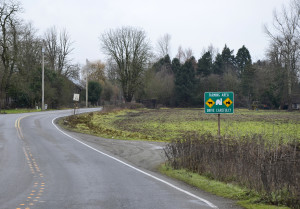

Just outside the edge of town is a seed company. The power lines around the building are covered with birds waiting for a few wayward seeds to fall.

Go less than a block from this farmland and you are in the city limits of Auburn. The overpass behind the White River Seed Company is the border. The scenery immediately changes. Signs that warned of cows and tractors are replaced with trucks and more trucks.
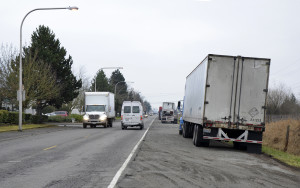 The road has been reduced to pre-potholes from the heavy traffic.
The road has been reduced to pre-potholes from the heavy traffic.
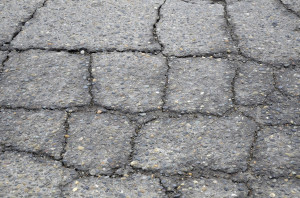 I was looking for something with color on a really gray day. These two buildings across the tracks have seen better days. Gray-brown buildings against gray and brown tracks and rocks reflecting the gray skies. I will have to come back to this spot when the skies are blue and the trees are green… I was beginning to think that I was developing a theme based on the color “blah” this trip.
I was looking for something with color on a really gray day. These two buildings across the tracks have seen better days. Gray-brown buildings against gray and brown tracks and rocks reflecting the gray skies. I will have to come back to this spot when the skies are blue and the trees are green… I was beginning to think that I was developing a theme based on the color “blah” this trip.
Then I saw what I was looking for, color! And patterns too! Metal rods and pipe stacked up and bundled.

A chain link fence blocked access to the pipe, but when I moved the camera back a bit and changed the focal length and plane I made the fence seem almost transparent.
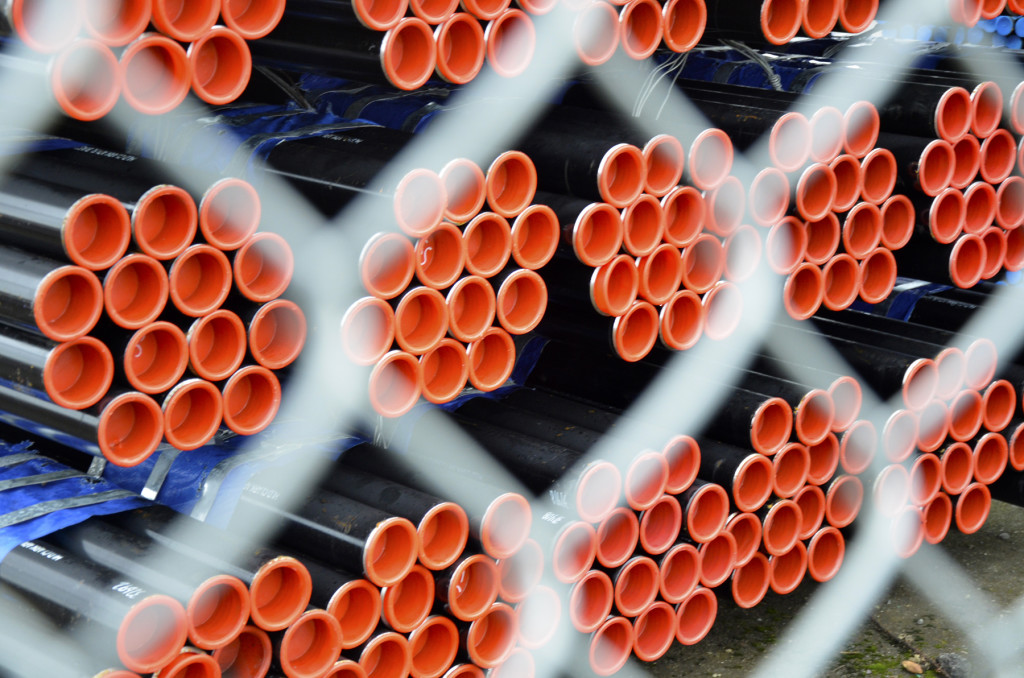
Not a bad beginning for my first field trip. Next trip will be the rest of B Street. I will start looking for the strange and picturesque next outing. But now it is time to head home. Oh yeah, Did I mention train tracks? When I lived on an island I waited for ferries. When you live in Auburn you tend to wait for trains.
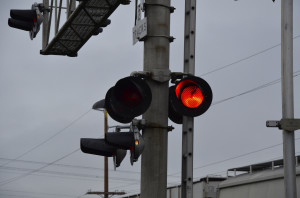
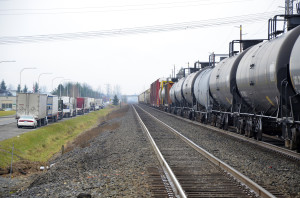
Staring straight ahead at the train as it goes by does not make the train go by faster…
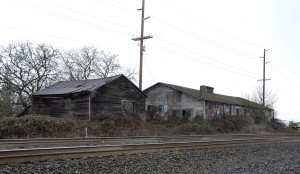
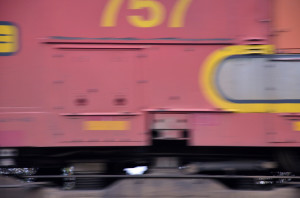
Eric,
It is nice to see Auburn from your perspective.
Lisa